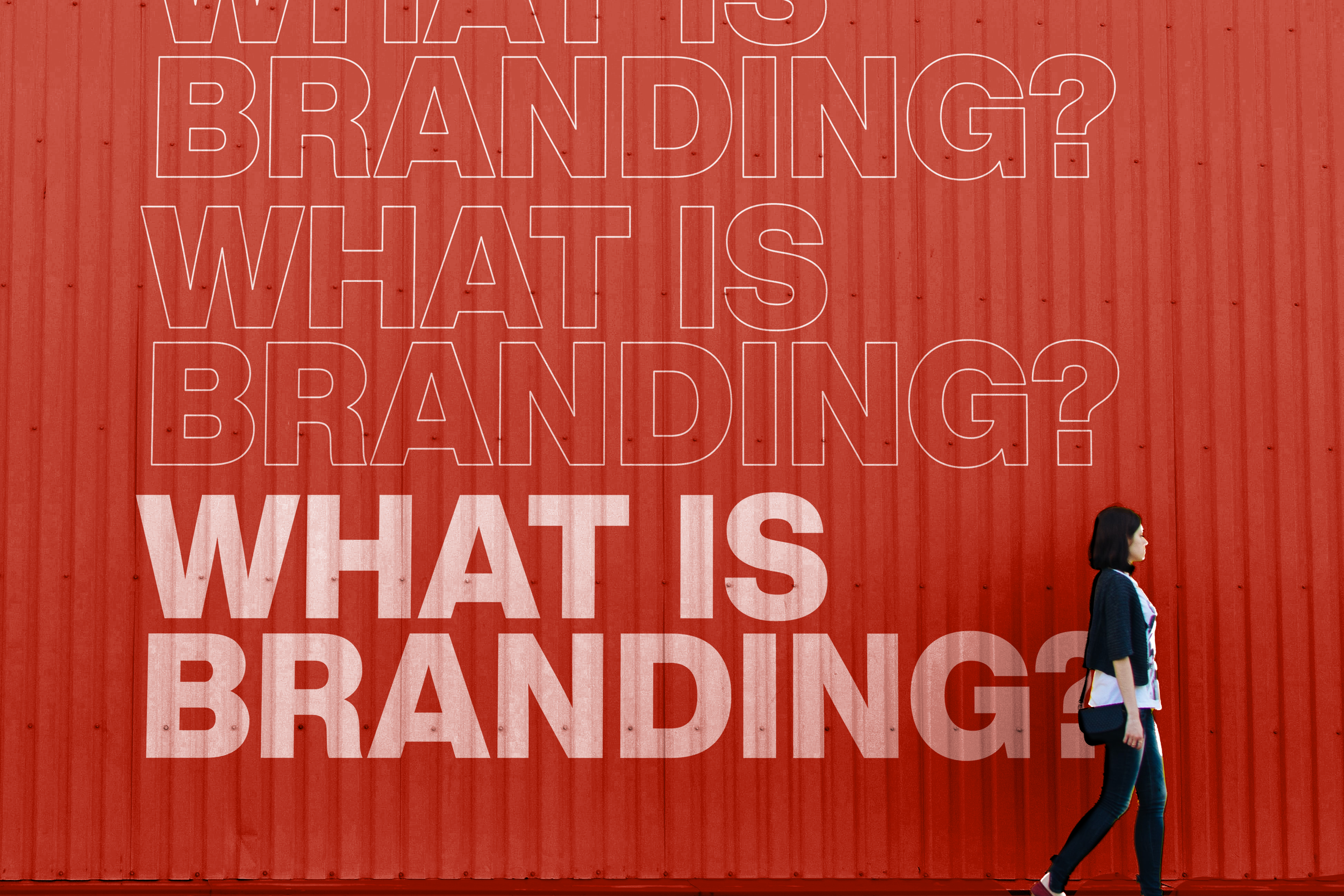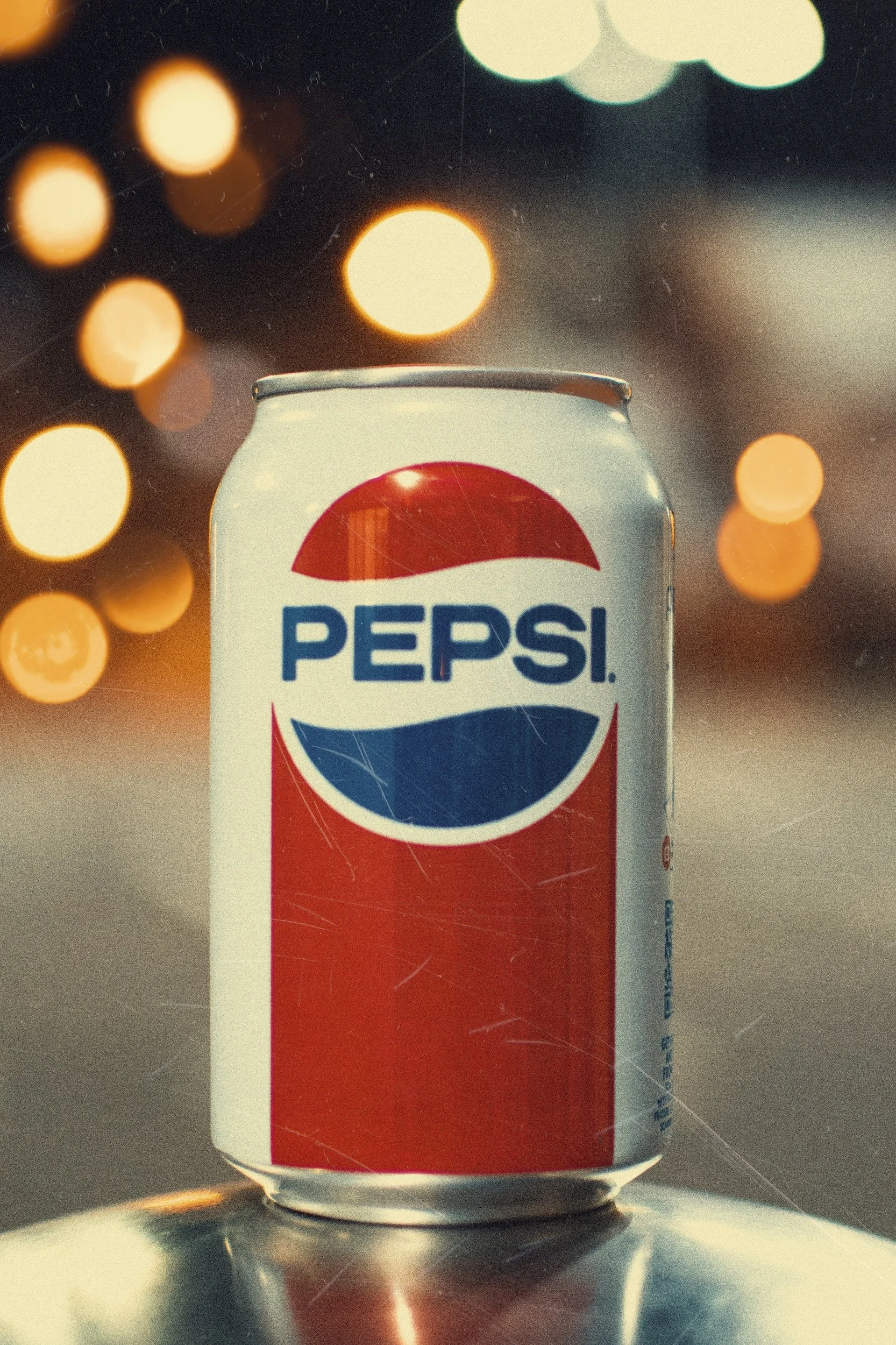What is Branding?
If you ask 100 different people, “What is branding?” from business owners to brand managers, you’re likely to get 100 differing and contradictory answers. More common than you think. For such an important topic, there is a lot of confusion. We want to offer a simple, modern definition of what branding is and what branding isn’t to give you and your company the focus to boost business.
Branding 101
If you’re a fan of Yellowstone, you’re familiar with the yellow “Y” logo on all their trucks, barns, branded cows (and staff, ouch). As it turns out, that is precisely where the term “branding” comes from, marking something, so it’s yours.
Under the traditional approach to branding, this would include things like your visual identity, brand assets, clever language, and a unique product created responsibly. While these are all parts of a brand, these are essentials that share what we think about the company or products.
What a brand is, has evolved.
With shifting consumer behavior, the rise of social sharing, and a newfound need for story, the modern understanding of branding has come a long way from “Our brand is our logo.” which is another topic altogether.
Modern brands understand that their brand is not their logo, visuals, voice, service, or product. Their brand is what people feel about them.
Trust your gut.
At the core of Marty Neumeier’s book The Brand Gap on modern branding, he defines a brand as “A person’s gut feeling about a product, service, or organization.” This approach applies to personal brands and companies alike.
Preference or just passable?
If you’re at a restaurant, ask for a Coca-Cola and hear the dreaded phrase, “Is Pepsi okay?” however you feel in that moment is the Pepsi brand to you. Your gut feeling.
Pepsi could have the most fantastic advertising, branding, and marketing campaign in the history of modern communication. But at the end of the day, some people prefer Pepsi; others get put off.
Better Stories = Better Brands.
The very nature of the “gut feeling” that informs how we feel about brands, people, and organizations is emotional and irrational. A lot of times, it doesn’t make logical sense why we love the brands we do. Big or small, those emotions develop from every interaction, experience, and piece of information about that brand.
Branding is the art and science of designing a brand experience to inform the feeling people have about a product, service, or organization. Elements like logo design, brand voice, messaging, brand acts, vision and purpose all come together to tell a larger brand story.
The more a brand story can convey personality and purpose, the more opportunities exist to connect with people and create meaning.
Congratulations, you’re on your way.
Regardless if you’re looking to refine or completely rebrand, having a better understanding of what that entails is a crucial first step. The next step would be to assess the brand experience. How are all the ways people interact with your brand? How can they be improved? What should you focus on first? We’ve created a free workbook to help guide you through it!
Check it out here → 87BrandCheck


